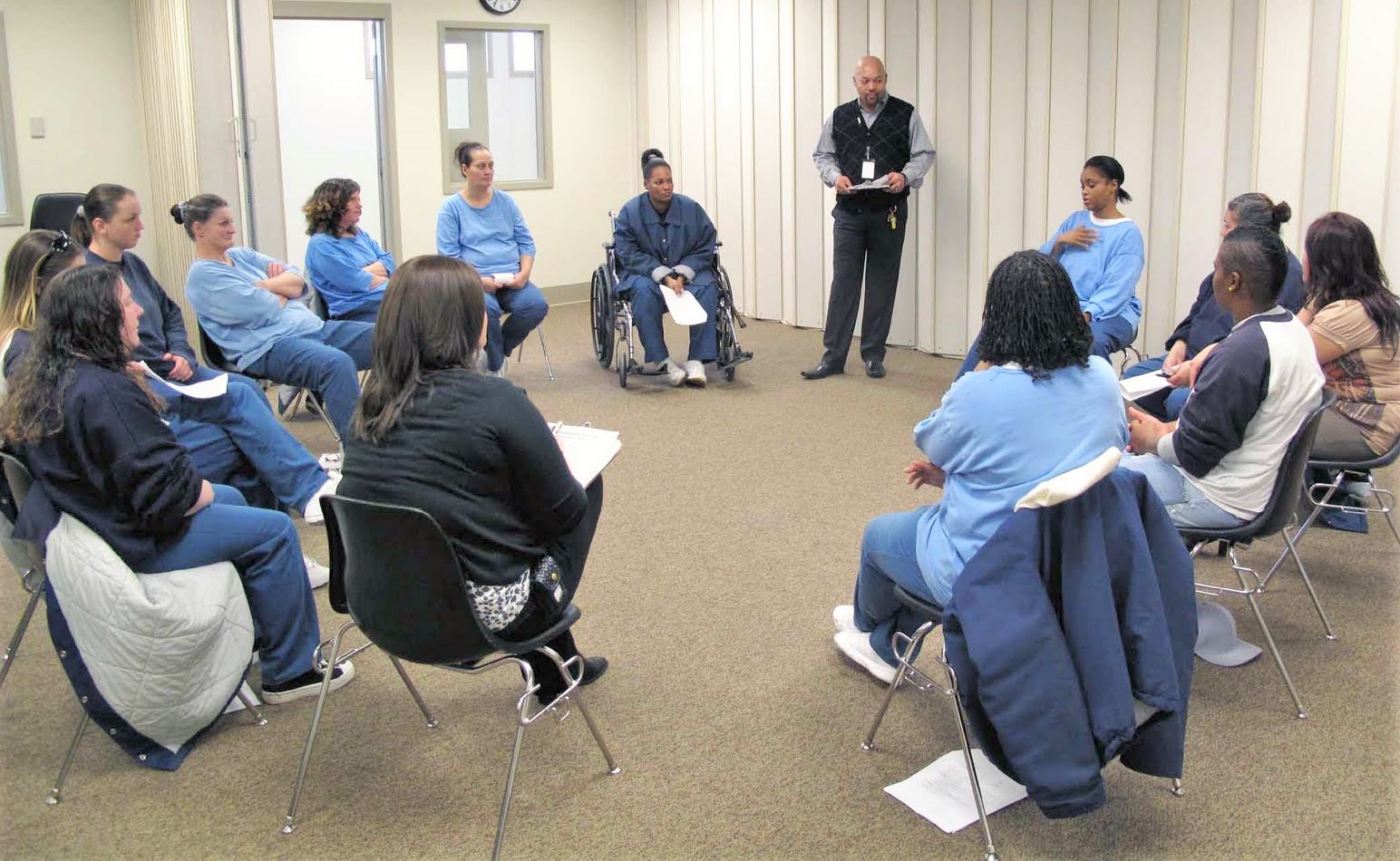An innovative program to address challenges women face in overcoming substance abuse was launched at Central California Women’s Facility (CCWF). The Trauma-Informed Substance Abuse Treatment Program for females offers gender-responsive services to reduce substance abuse relapse and recidivism.
Substance abuse program targets causes of addiction
“This innovative program addresses the underlying causes of addiction in women offenders so they will be ready to successfully return to their families and community,” said CDCR Secretary Matthew Cate. “To meet the new budget realities, CDCR is finding creative ways to continue implementing rehabilitation programs … while reducing costs.”
The program at CCWF will serve 175 women offenders, and is scheduled to be fully implemented over the next month. A substance abuse program opened at Valley State Prison for Women on January 19, serving 175 female inmates. The program began at California Institution for Women on January 21, also serving 175, including those in the Civil Addicts program and convicted felons.
CCWF’s program is being administered under a contract with the Amity Foundation. The program at Valley State will be administered by Walden House. Meanwhile, the CIW program will be administered by Human Potential Consultants. California’s first such program was launched at Leo Chesney Community Correctional Facility in Live Oak in September 2008.
Due to budget reductions in adult rehabilitation programs, CDCR is using a 90-day treatment program. Leo Chesney, though, uses a six-month program.
Programs for men to be implemented
A new 90-day treatment model for male inmates is also being phased in at nine additional prisons. These will replace CDCR’s previous substance abuse programs that ranged from six to 36 months in length. The shorter treatment model will enable CDCR to still serve 8,450 inmates with substance abuse treatment annually. The department’s new model was developed in consultation with the UC San Diego, Center for Criminality & Addiction Research, Training & Application.
Inmates will receive services near the end of their confinement and will be encouraged to complete community treatment upon release — a combination that significantly reduces recidivism. The return-to-prison rate for female offenders who completed both in-prison and community-based substance abuse treatment in FY 2005-06 was 16.5% after two years compared to 43.7% for all CDCR female offenders.
Program services include gender-responsive, evidence-based treatment guidelines. These guidelines are based on acknowledging that gender makes a difference. An environment is created providing safety, respect, and dignity. Services address substance abuse, trauma information, and mental health issues, in addition to planning for community-based substance abuse program services and community reentry.
This program is part of CDCR’s long-term strategic plan for female offenders which began in January 2005 when CDCR established the Gender-Responsive Strategies Commission to develop programs for improving outcomes for juvenile and adult females in prison or on parole.
Read more rehabilitation stories.
Follow CDCR on YouTube, Facebook, X (formerly Twitter). Listen to the CDCR Unlocked podcast.
